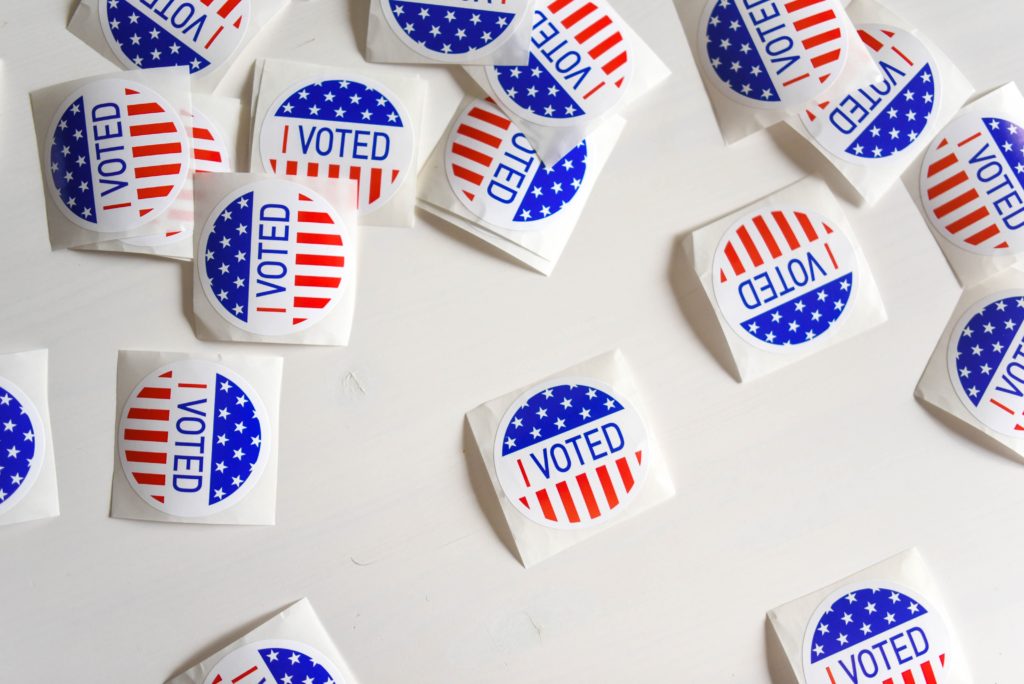
The pandemic has created yet another hurdle for officials trying to plan November’s election: schools that typically serve as reliable polling stations are now off the table in many communities because of Covid-19.
Concerns about using schools as polling places date back years, but arguably have intensified since Columbine in 1999 and subsequent school shootings. Now with a pandemic and a contentious presidential race, health and safety concerns have only grown. Earlier, simpler concerns tended to cover maneuvering school buses through voter traffic and getting voters into schools with minimal hassle and delay.
And now, with a growing number of school districts offering a hybrid form of at-home and in-person classes with staggered schedules, that puts Election Day voters in proximity with school students and staff. In addition, parents in many districts visit schools to pick up student lunches for their at-home learners.
According to the National Association of State Legislatures, there has been a slow trend away from using schools as polling stations while children are in class due to safety concerns. Twenty states – including Michigan and Illinois – specifically mention using schools as polling locations. Four states—Delaware, Montana, Rhode Island and Tennessee—require that schools be closed when used as polling places.
Four other states—California, Illinois, New Mexico, and North Dakota—encourage schools to be closed, and three states—Arizona, Georgia and New Jersey—say that when schools are used as polling places, elections cannot interfere with normal school functions.
Many school districts have designated election day as a “professional development” day for staff training only with no students in attendance, and this option continues to be considered increasingly more since the late 1990 spate of school shootings.
For this upcoming election, schools that serve as polling stations must take all possible risk reduction measures to enhance security on November 3.
